40 ways to futureproof your home
Set your forever home up for success
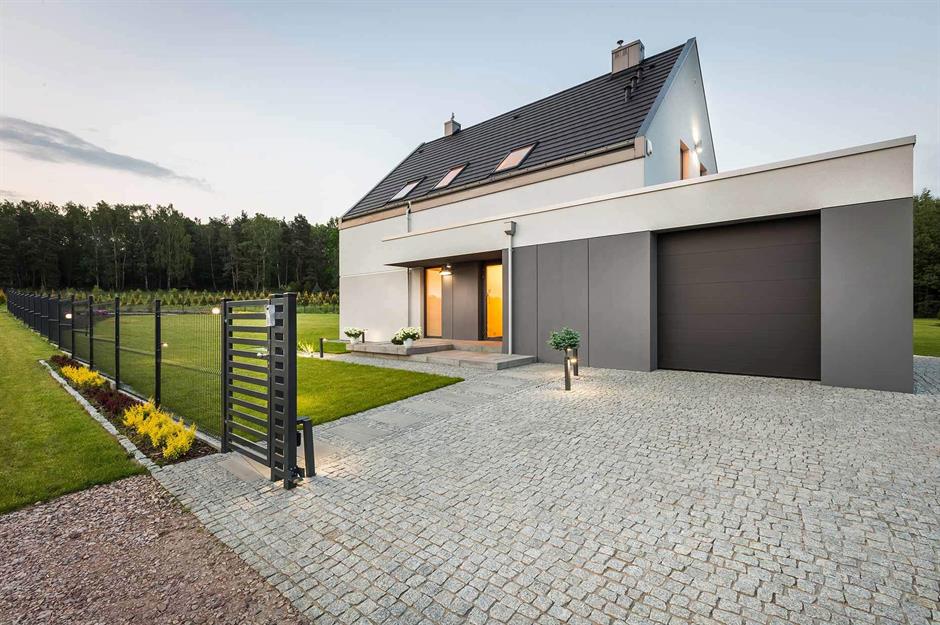
The homes of the future will need to reflect changes in the ways we work and how we live. Is yours energy efficient? Does it make the most of the latest smart tech? Can it accommodate grown-up children or elderly parents in the future, and will it meet your own needs as you age? From installing home technology that will make your life easier, to making small changes that will have a big impact on your lifestyle and energy bills, click or scroll on to find out what you can do now to futureproof your home...
Make your kitchen accessible
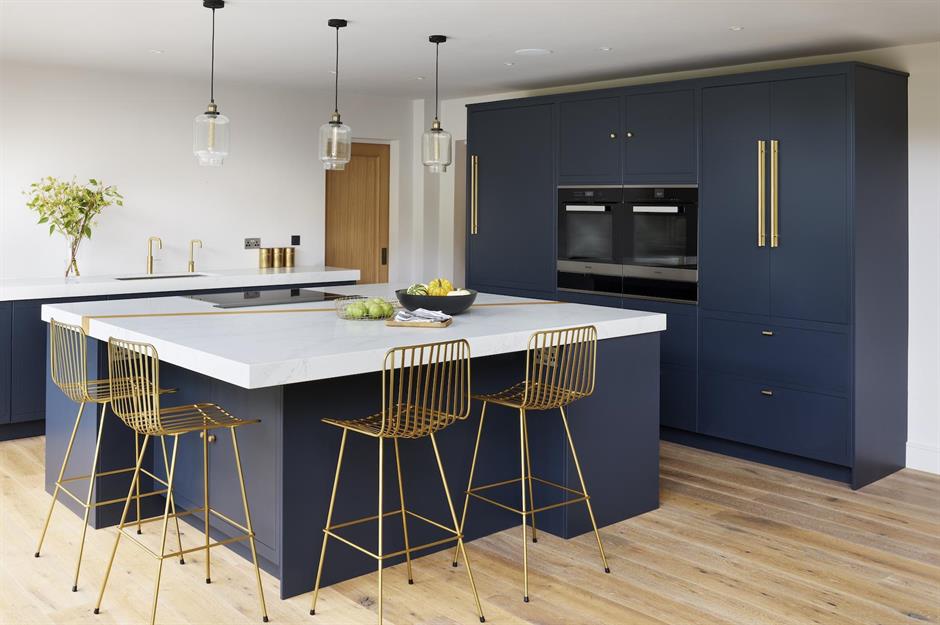
Check that your kitchen will be practical for you to use as you age, as well as for older relatives and anyone with mobility issues. Start planning improvements now. For example, an elevated built-in oven will ensure no one needs to stoop for access. Look for kitchen ranges with features such as pull-out corner storage units, motorised rise-and-fall worktops and remote-controlled extractor fans.
Invest in a boiling water tap
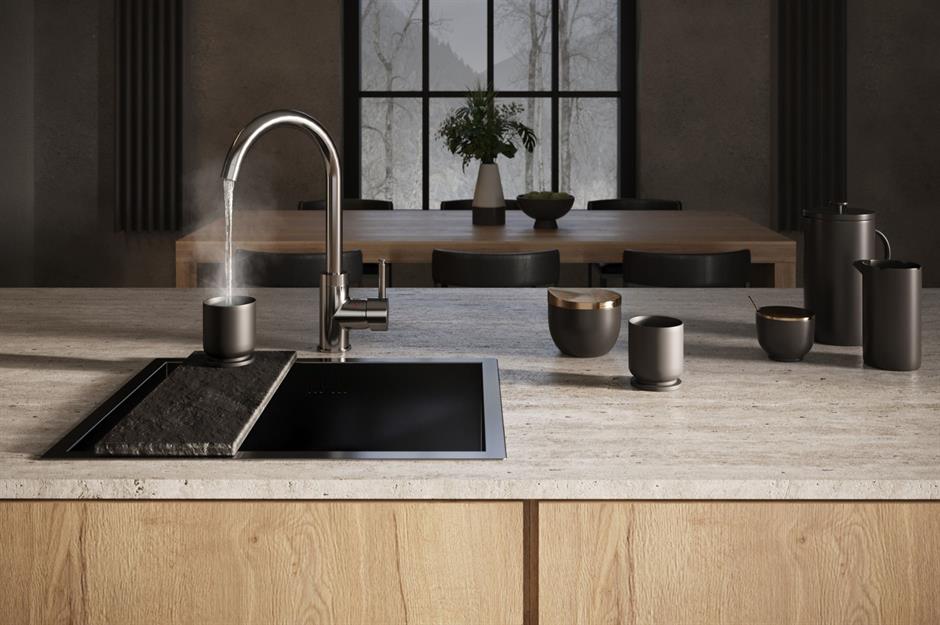
Choosing a kitchen tap shouldn't just be about looks. These days, taps are high-tech and can not only save you time and water, but money on your energy bills, too. By investing in a boiling water tap, you'll have instant access to hot water for everything from your cup of coffee to your pasta pot. This 3-in-1 model by Wodar provides cold, hot and boiling water from one spout, saving you from having to put on the kettle—in fact, you'll never need a kettle again.
Opt for quality in big appliances
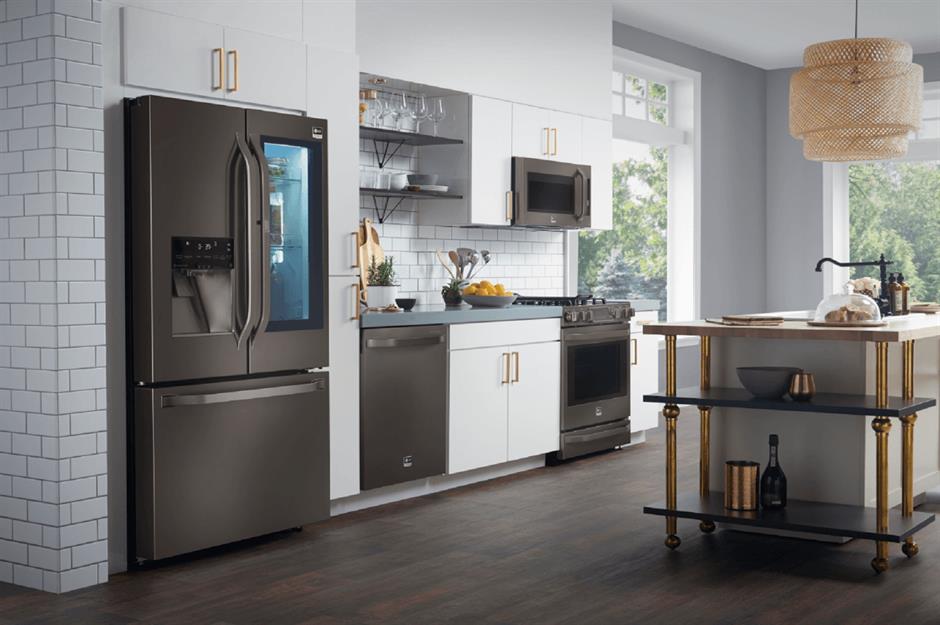
According to the Energy Saving Trust, fridges and freezers account for around 13% of the average household energy bill. But they're also among the longest-lasting home appliances, so it's worth investing in an energy-efficient model with added benefits. LG, for example, produces fridges that have built-in technology designed to circulate cold air evenly and reduce temperature fluctuations to keep food fresh for longer. If you can't afford to upgrade, remember that cold air circulates best in a fridge that isn't over-crowded, so keep shelves clear to cut bills and preserve food for longer.
Bring your wiring up to date
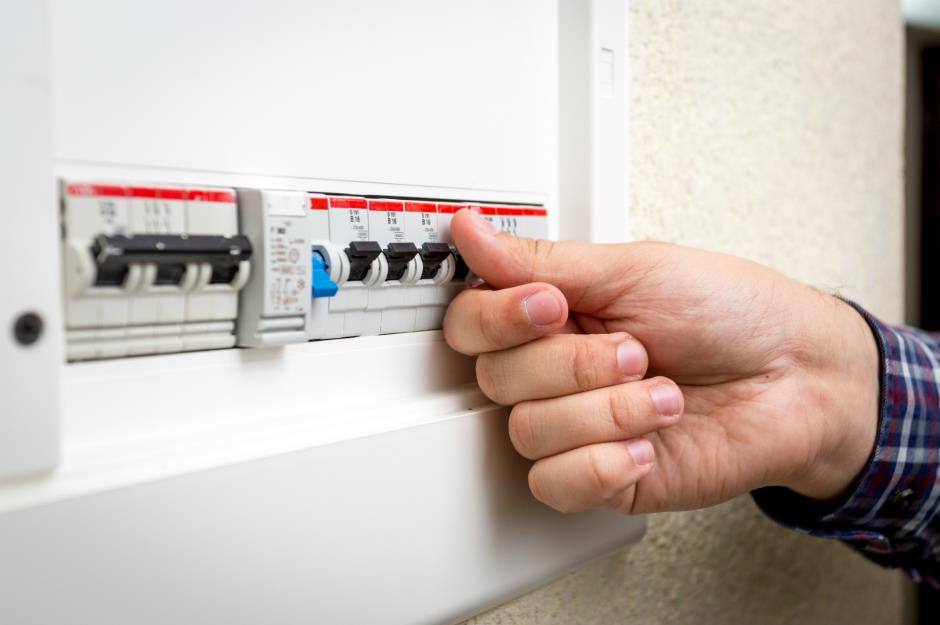
While lots of our devices are wireless, our homes will still need a wired network that's able to support data consumption. Plan for smart TVs, computers, gaming units, tablets and more in most of the rooms in your house. Include an extra conduit or buried trunking that can support future upgrades without the need for retrofitting. Use an experienced electrician or a smart home design and installation specialist.
Ensure you add value to your property
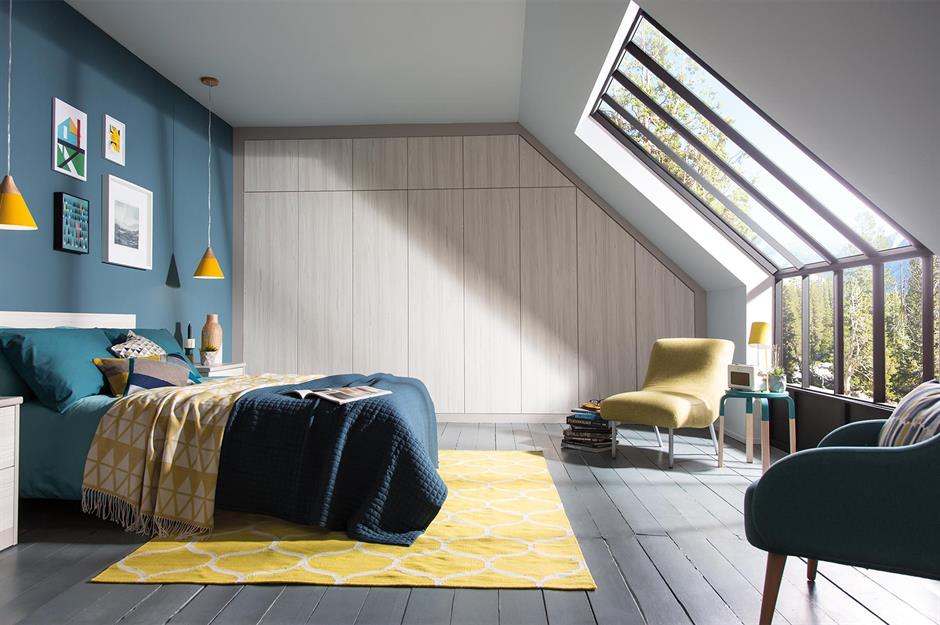
Your home is an investment as well as a place to live. Balance what you want from it in the future with what is likely to add value. You may see a better return on your investment if you add a bedroom rather than build a conservatory to use as a living space. Consider the difference in outlay between extending or converting and decorating or improving—sometimes the latter can be enough.
Expand to fit extended family
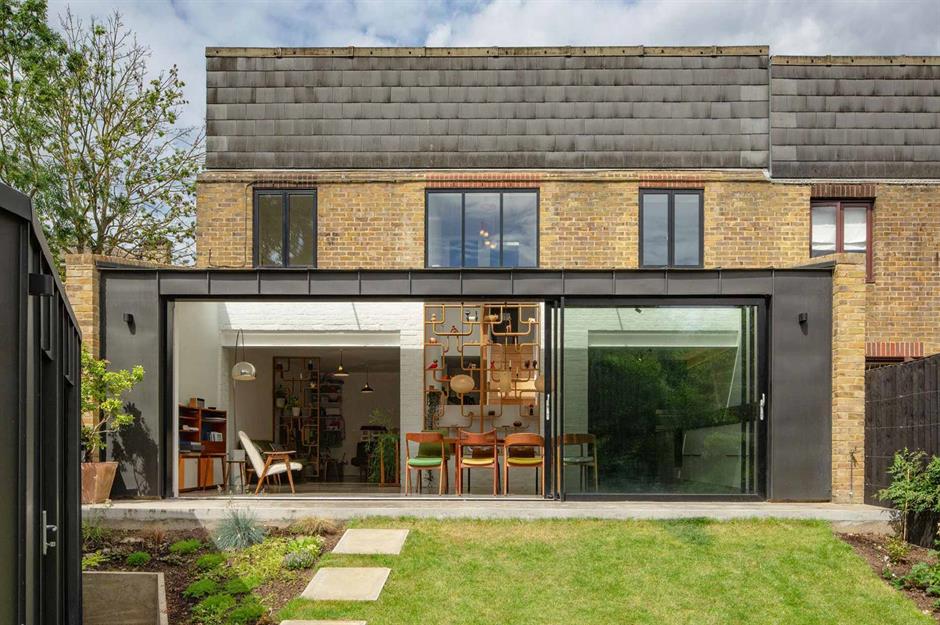
Talk to those in your immediate and close family about their future plans and wishes. Might parents want to share a home with you and your family? Are your grown-up children likely to live at home again after university? Weigh up the options of moving to a bigger home or staying put and extending, like this project from 2019's Don't Move, Improve! awards. The earlier you start to think about the future the more time you will have to realise a solution that suits everyone.
Plan for single-floor living
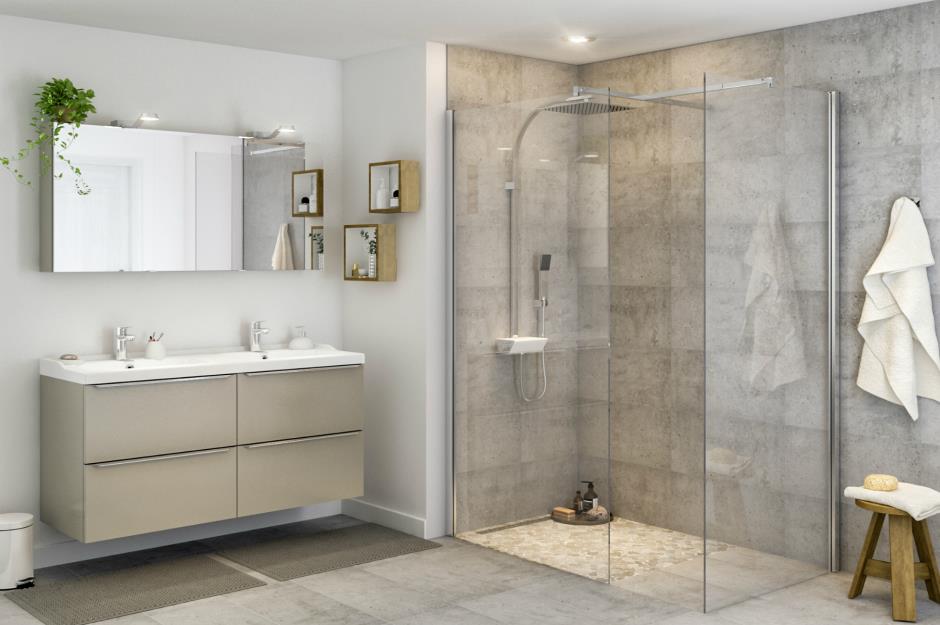
Increase your home’s flexibility so that your living spaces are ready to accommodate changing family circumstances. Install a downstairs cloakroom and shower room for older parents who might move in, or for your own use later in life. An additional bathroom will add value to your home and may be useful if grown-up children return. If you have more than one reception room, think about earmarking it as a bedroom for future use.
Repurpose a cellar or basement
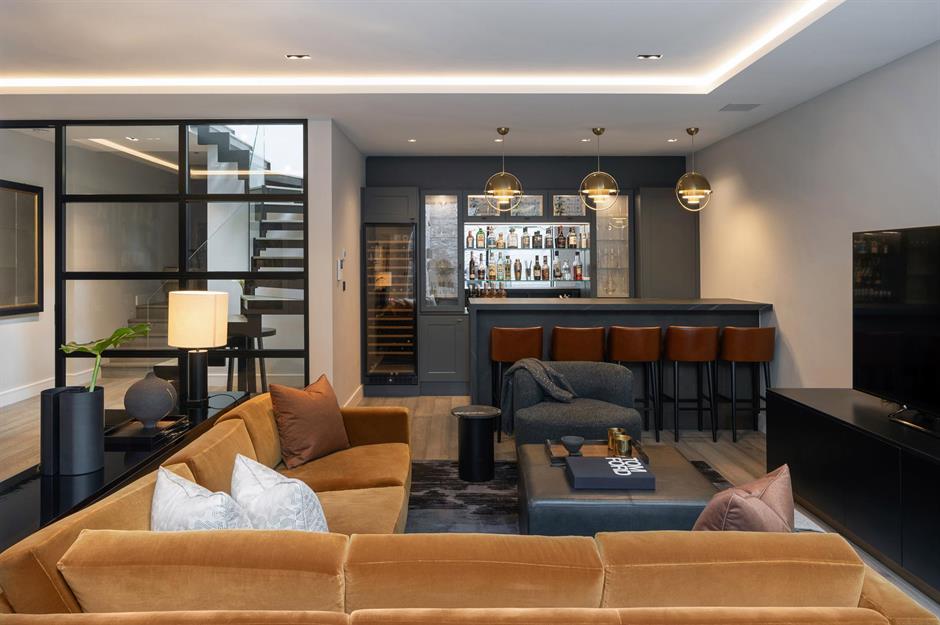
Digging out a basement from scratch can be costly, but repurposing an existing cellar is a great way to free up under-used space. A lower ground floor in a period home can have many uses, from a kitchen to a media room or a dedicated hangout space for younger members of the family. Don't forget to futureproof your design. Could an exterior door be installed, for example, to provide access if stairs are no longer viable?
Convert the loft into a living space

The beauty of extending into the attic is that it doesn’t increase the footprint of your house, so it won’t impede on your outdoor space. Start by deciding what you want to use the loft conversion for. If light levels and views are good, you could transform your eves into an extra living space or bedroom, which could add value, as well as square footage, to your home.
Embrace a broken-plan layout
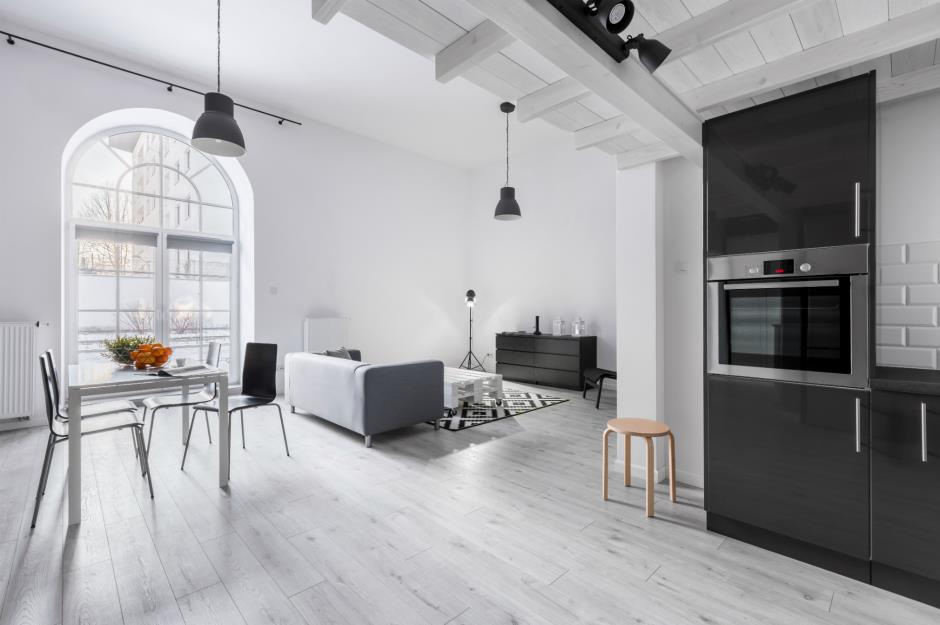
Open-plan layouts are a go-to for modern living, allowing an easy, sociable flow between different zones in the same space. But if your home is multigenerational, be sure that this layout is going to suit everyone. Elderly parents may like the idea of communal cooking and eating, but prefer to have a living space that has an element of privacy about it. Consider a broken-plan layout with half-walls or carefully chosen furnishings that zone off areas more effectively, while still offering a feeling of togetherness when needed.
Add on a side return extension
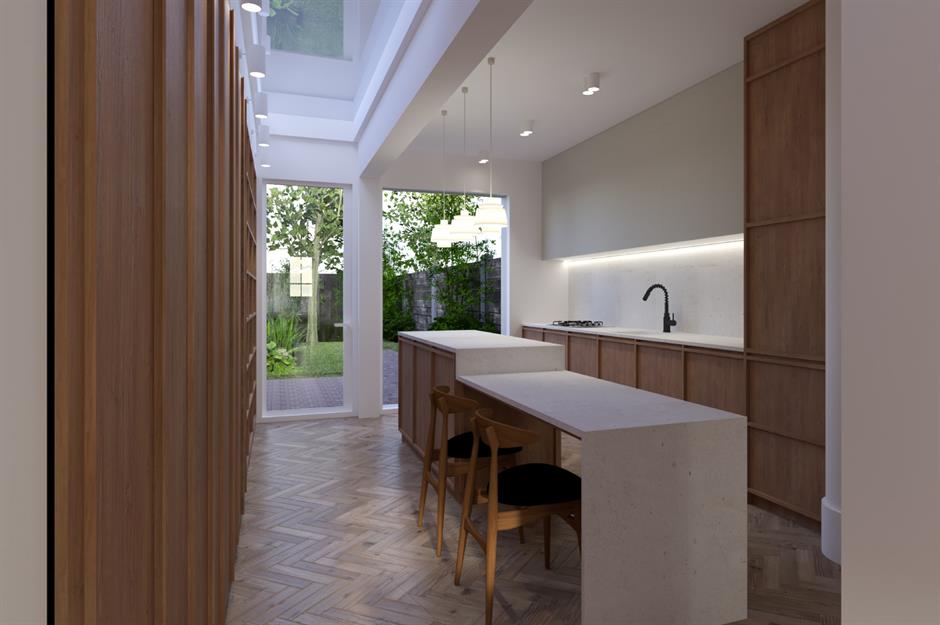
Repurpose the outside space between a side-return wall and a property’s boundary by extending into it. Whether you want to make space for the kitchen-diner of your dreams, add in a family room or den or create a garden room, there are plenty of options. You will need to factor in roof lights or lanterns to boost light levels, particularly towards the original back wall of the house. Adding valuable, usable space to your existing property is bound to increase its longevity, as well as providing more options for your floor plan in the future.
Upgrade your home security
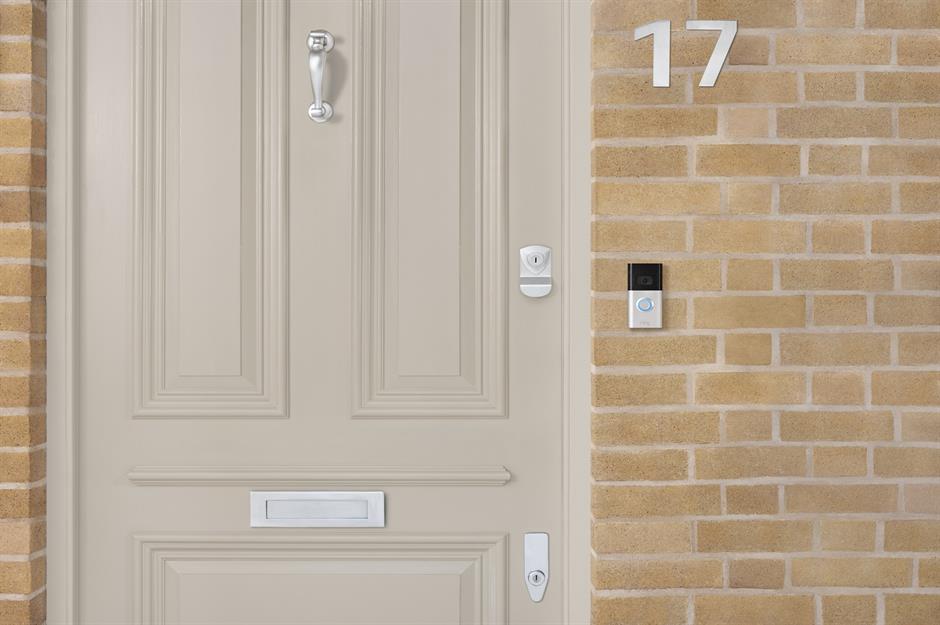
The latest home security technology not only offers peace of mind but can make your life easier, too. Video doorbells are one of the best examples of this. They can be installed as an individual gadget or as part of a smart home system that can be controlled via a mobile phone app. One of the handiest things about video doorbells is that you can check who's at the door before you answer it and know when the kids are home safely. You can even record anyone who knocks when you're out and receive alerts and live streams wherever you are.
Protect your interior
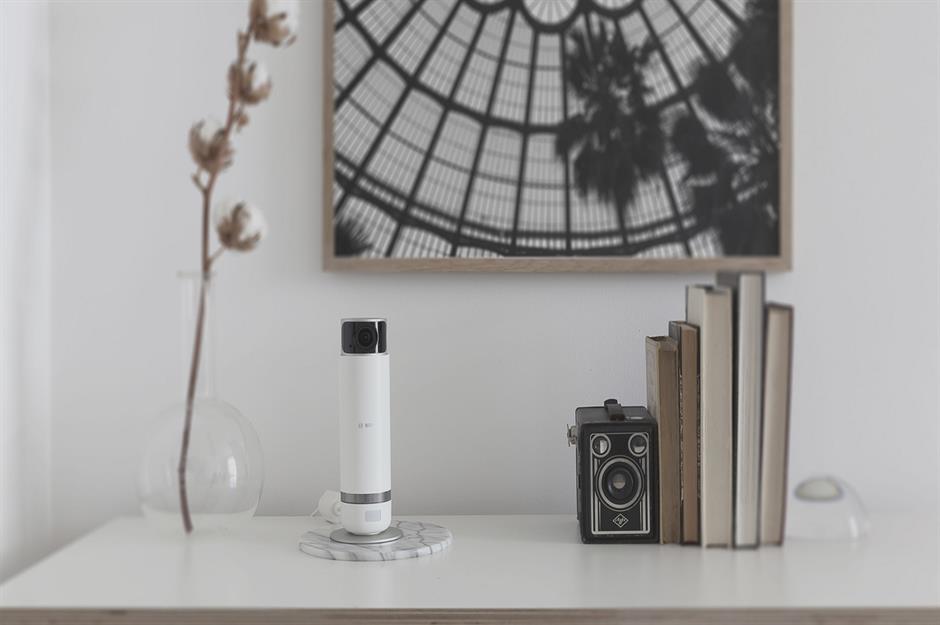
Installing indoor cameras is another effective way to protect your home at all times. There are countless models on the market, all with their own advantages, but the 360° indoor camera from Bosch provides outstanding 1080p, high-quality images around the clock, whenever you want and only when you want. Plus, its 360-degree, all-around viewing means you only need one camera to keep the entire room under surveillance. You can even access live or recorded video content remotely, to keep an eye on the place when you're out.
Opt for LED lighting
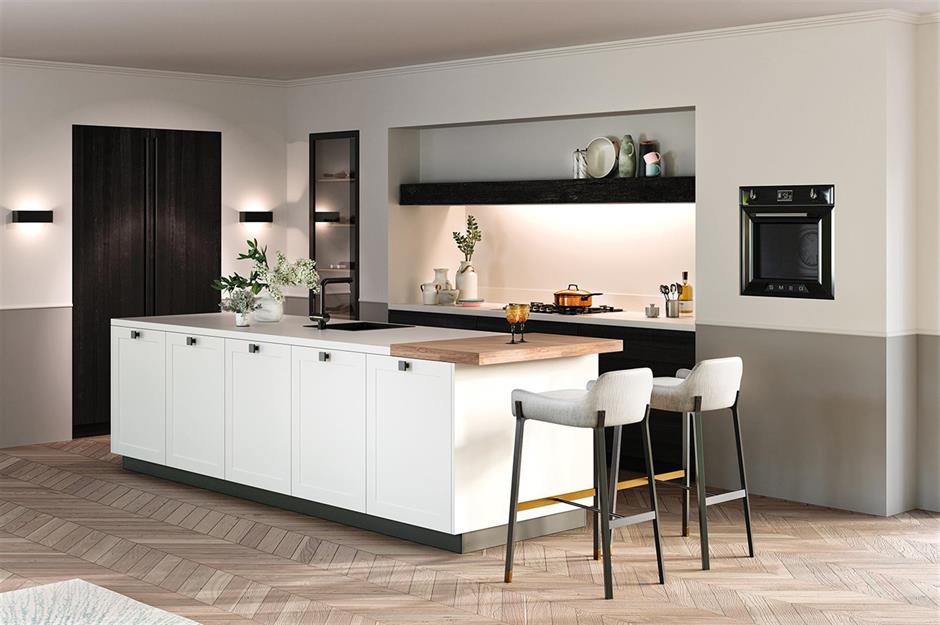
A cost-effective and creative lighting solution for the home, LEDs, or light-emitting diodes, are revolutionising the way we illuminate our properties. In fact, according to the Office of Energy Efficiency & Renewable Energy, LED lighting is today's most energy-efficient and rapidly-developing lighting technology. Quality LED light bulbs and strips are more durable than other types of lighting, plus they could save you money. They use at least 75% less energy and last up to 25 times longer than incandescent lighting.
Add in automated lighting

Interior lighting is now smart, programmable and simple to manage, making it easy to be energy-efficient and keep bills down. Go for single smart bulbs or a full-on, whole-house lighting system. Colour-changing, dimmable LED bulbs can be sequenced and controlled by brightness and colour, as well as time. Lighting system starter kits usually consist of three or four bulbs and a router-connected hub. Control in situ or from afar and add more bulbs as and when you want them.
Consider alternative heating systems
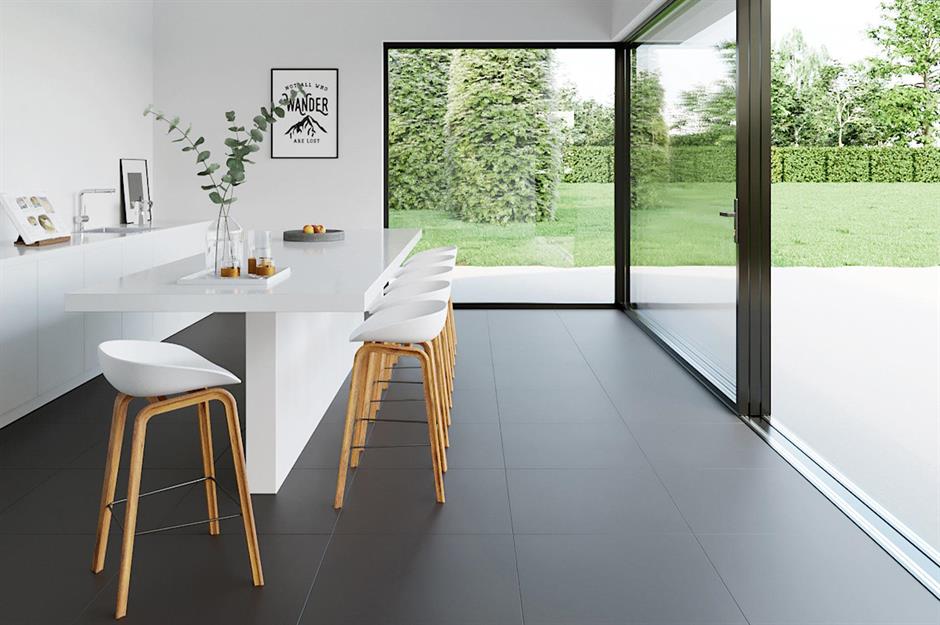
Underfloor heating and heat pumps are the future, but why wait? These two highly energy-efficient systems might cost a bit more to install than traditional boilers and radiators, but the benefits are endless. Underfloor heating is more common in new builds because it's easier to install at the build stage, but you can buy retrofit models that can be installed under your current floors. Heat pumps are also fantastic for cutting energy bills and keeping your home cosy all year round.
Switch to solar panels
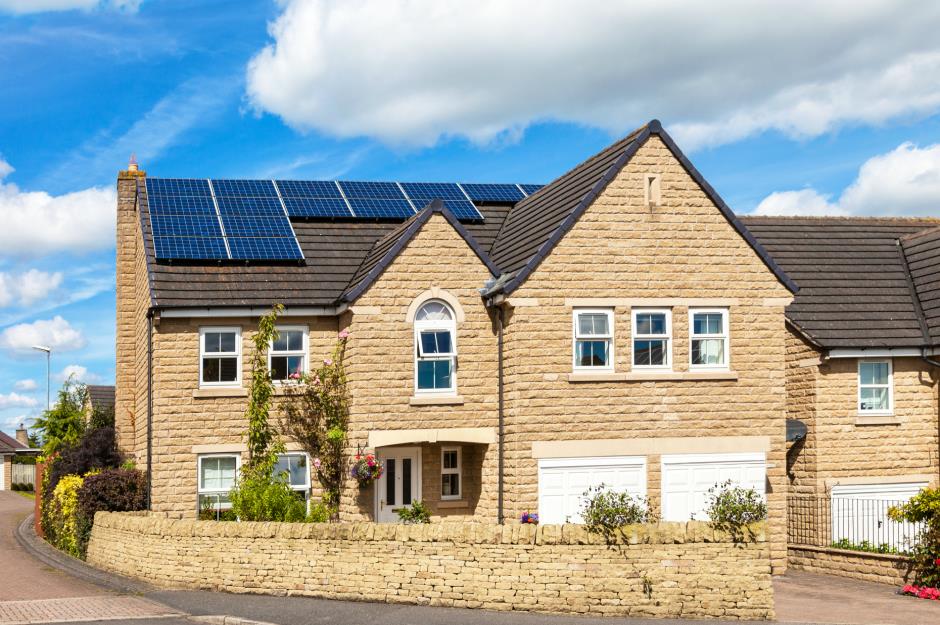
Solar panels can help cut your carbon footprint and reduce your household electricity bills, which may be music to homeowners' ears given the current global energy crisis. Once you have paid for the installation, solar panels need little maintenance and the latest models should last around 30 years.
Monitor your usage with a smart meter
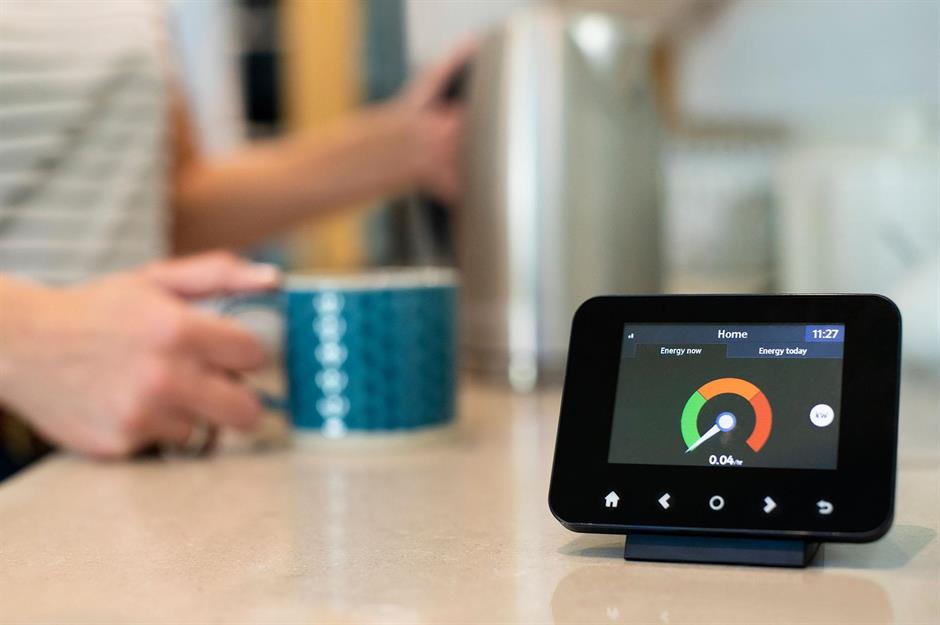
If you don't already have one, then you need a smart meter. In the UK they're free to install and they have endless benefits. One of these little gadgets can help you monitor your energy usage, give you a more accurate idea of how much you're spending and provide you with a recording of your usage should you need to query a bill. They make it easy to see where you're using a lot of electricity, too, so you can make savvy decisions around the house that will save money and the planet.
Take control of your heating
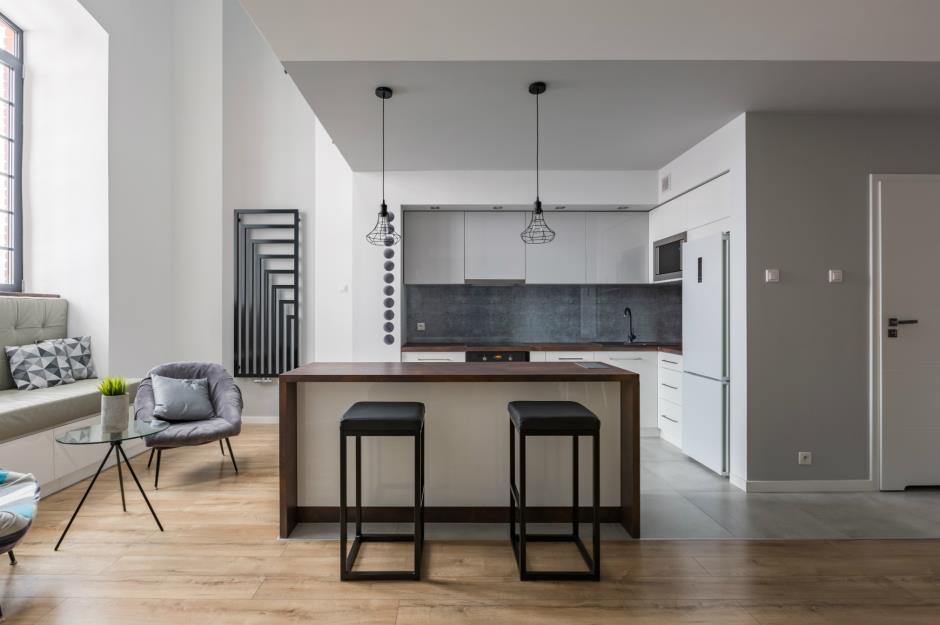
As well as tools that can help you monitor your spending, smart thermostats and heating systems allow you to adjust your home's temperature remotely and personalise settings for different rooms or zones. Most systems are controlled via a phone app, allowing you to adjust your heating with the touch of a button. Look for frost protection and one-touch holiday settings. Some systems can also control hot water, lighting, and smart plugs, as well as monitor energy usage, so you can forgo the smart heating hub.
Improve your insulation
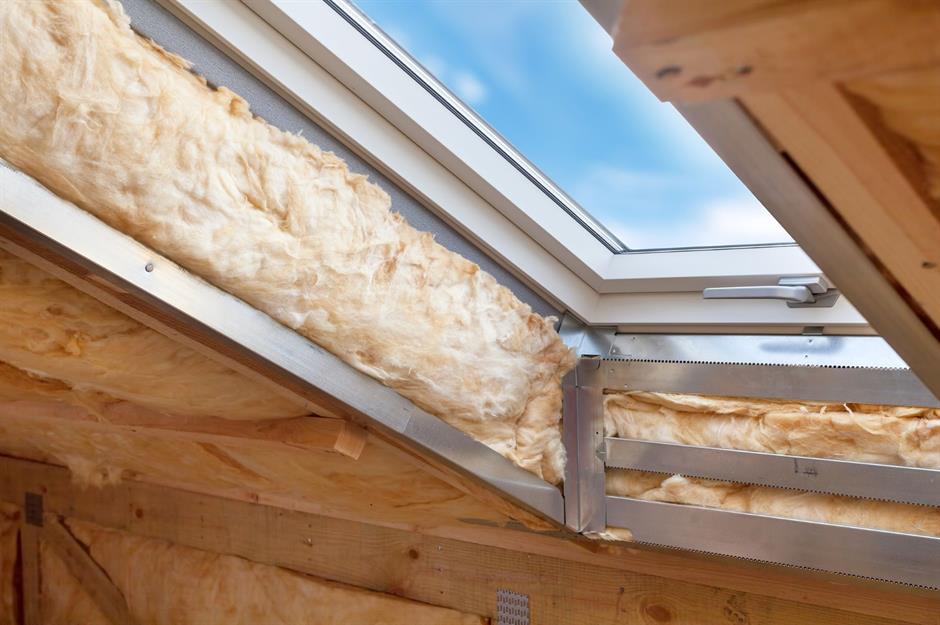
Look after your roof, walls, windows and doors and they will pay you back by helping to reduce your energy costs. Lay mineral wool insulation between and over the joists in your loft. If you want to convert the loft, insulate the roof instead with rigid insulation boards between the rafters. If you have cavity walls, ask an installer for a borescope inspection to check for insulation. Insulate solid walls on the inside with rigid insulation boards or on the outside by fixing a layer of insulation material beneath the render or cladding. Check doors, windows and floorboards for gaps and fill them.
Change your household habits
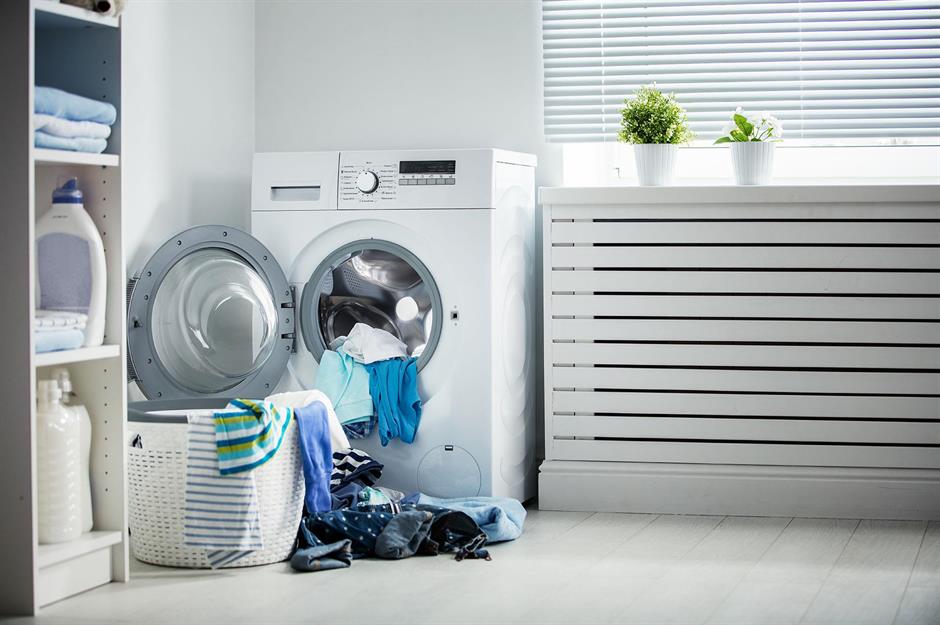
Small changes to your household habits can make a big difference to your home’s energy efficiency. For example, see if you can cut one washing machine cycle a week and consider using your machine's eco cycle or washing at 30°C, which is an adequate temperature for most materials. If anything is particularly dirty, soak it before you put them in. It's also a good idea to avoid leaving appliances and gadgets on standby, as they'll be using unnecessary energy.
Opt for an energy-efficient toilet
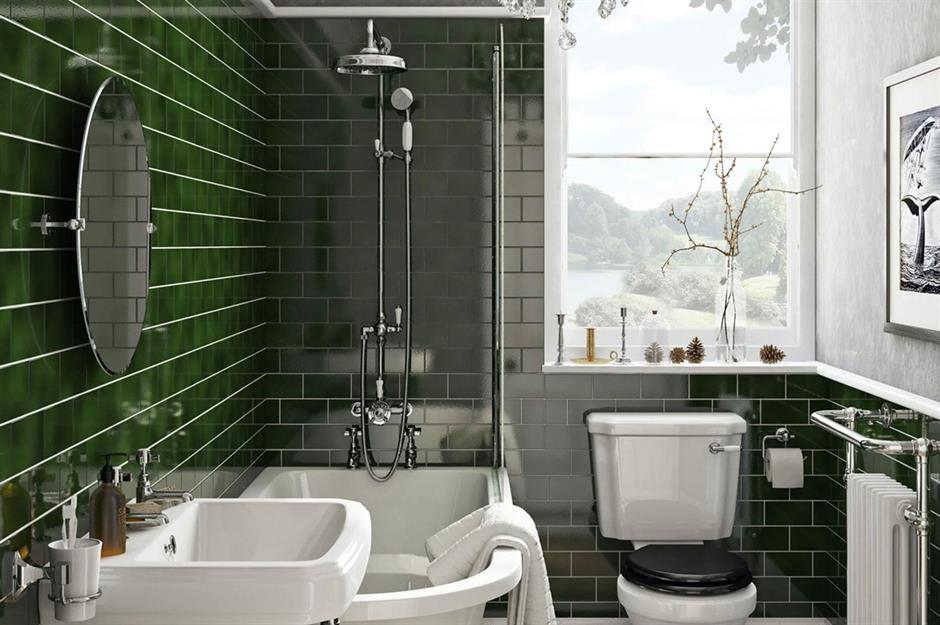
Consider replacing your old toilet with a new high-efficiency, low-flow model to minimise your household's water usage. It'll be beneficial for the environment and your water bill. If you're not ready to splash out on a new model just yet, you can purchase affordable water-saving devices for your cistern that do a similar job. Welcome to the future!
Add charging ports
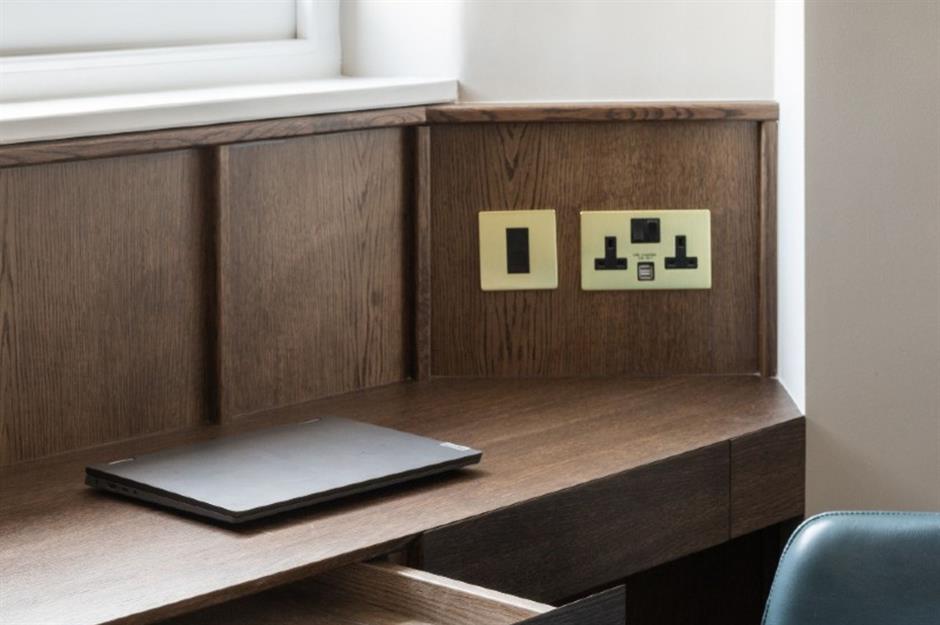
Are there always arguments about who gets to charge their phone first? Or perhaps you always have to unplug a device in order to plug another one in? Either way, it's time to upgrade to plug sockets with multiple charging ports. Modern sockets not only look sleek and stylish, but many come with USB ports built in. A qualified electrician can easily replace your existing sockets with designs that allow you to charge up to four things at once. Plus, as technology advances, you'll be ready.
Choose flexible furniture

Why pay for furniture with only one use, when you could own multi-functional pieces that will allow for flexibility in the future? A modular sofa, for example, can adapt to new spaces. Delivered in sections that can be rearranged into different configurations, modular furniture is practical and could make any future moving day much easier. There's plenty of cool convertible furniture out there, too, such as coffee tables that transform into desks or ottomans that harbour a pull-out bed.
Carve out a homeworking space
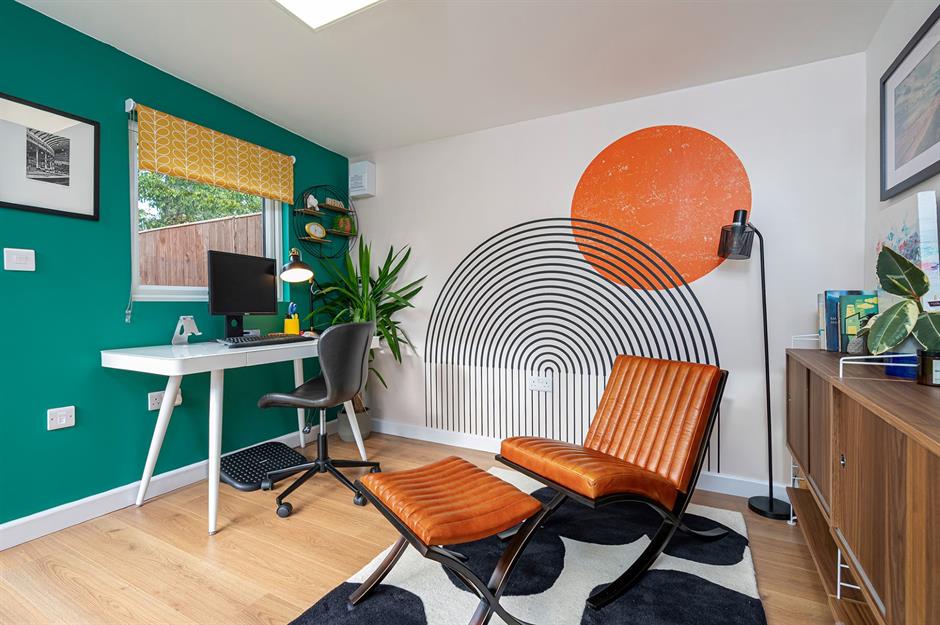
It's safe to say the way we work has changed, with remote working becoming the norm. So, having a home office has become essential for many. If you're considering one, it's a good idea to upgrade your broadband, and you may want to include smart tech and extra storage. Create an area that is as comfortable to be in as possible. Loft spaces will be good for light and a spot overlooking the garden will provide a scenic view. You could even consider converting a shed to create a quiet space away from the main hubbub of the house.
Soundproof your living spaces
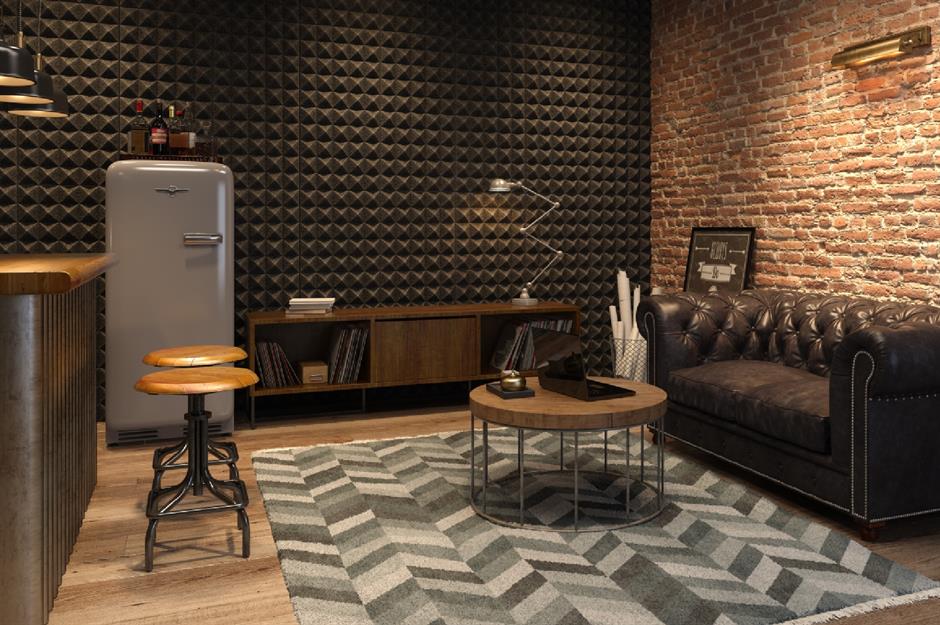
With many of us living and working in the same spaces, we are increasingly searching for new ways to rearrange our living areas to create more separation between work and play. Soundproof wall panels, like this textured design, can be a great way to create more privacy between rooms, ensuring your home office remains a quiet place of relaxation, even in a busy household. Wood panels and cork are also great for absorbing sound.
Boost Wi-Fi signal in every room

Now that we are spending more time at home and using even more smart tech around the house, a good Wi-Fi connection is paramount. There's no point creating a home office or adding a garden room if your internet connection is too weak to support it. Invest in multiple mini routers to set up around the home, which will communicate with one another to boost your connection and ensure there are no more crackly Zoom meetings.
Plan your audio and media systems
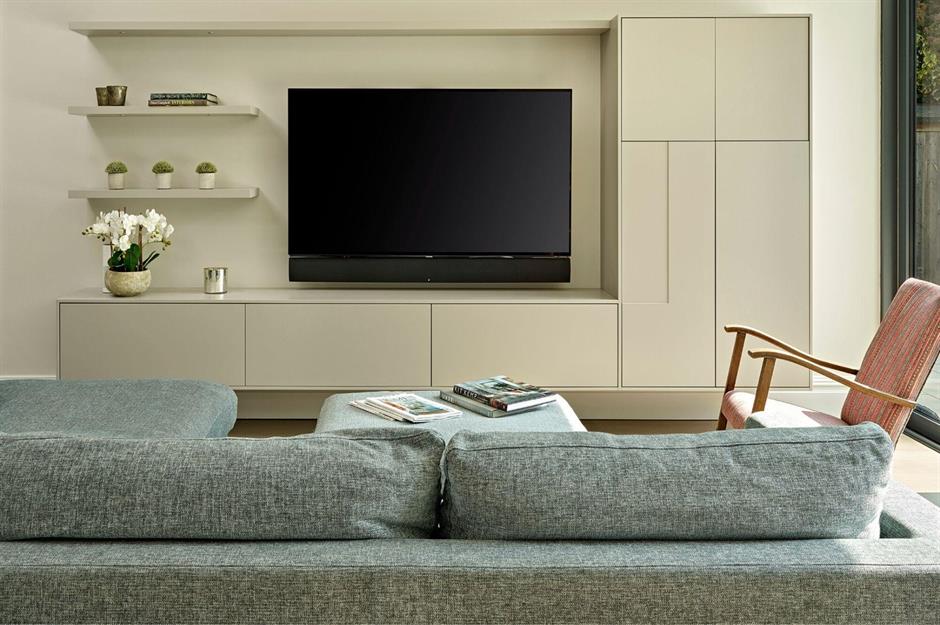
When you come to designing a living room or media room, plan your TV and audio systems first. Think beyond the room to the whole house—do you want to incorporate a home automation system that includes lighting, security and heating controls as well as your TV and audio? Be flexible: keep the space around the TV and audio equipment clear and accessible so it's easy to upgrade in the future.
Get smart with a home hub
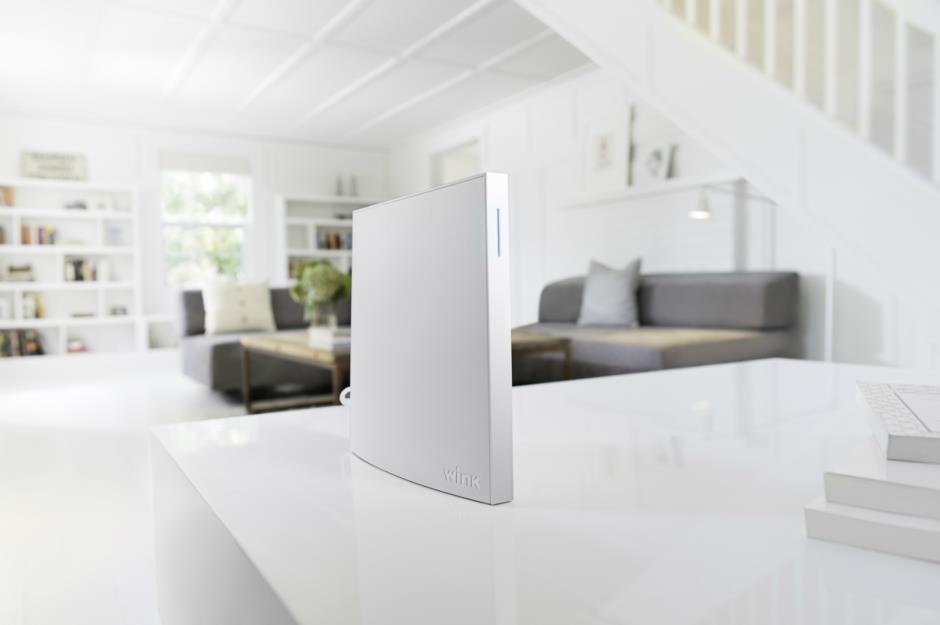
As technology advances, the number of devices and gadgets we accumulate will grow. Instead of operating them with individual apps, install a smart home system or hub. It works as a single mission control for everything from your smart TV to thermostats and security. Bestsellers include the Amazon Echo Show, Wink Hub 2, Apple HomePod and Logitech Harmony Elite. But watch how technologies develop, as some smartphones and speakers already offer the functionality of a hub.
Designate tech-free spaces
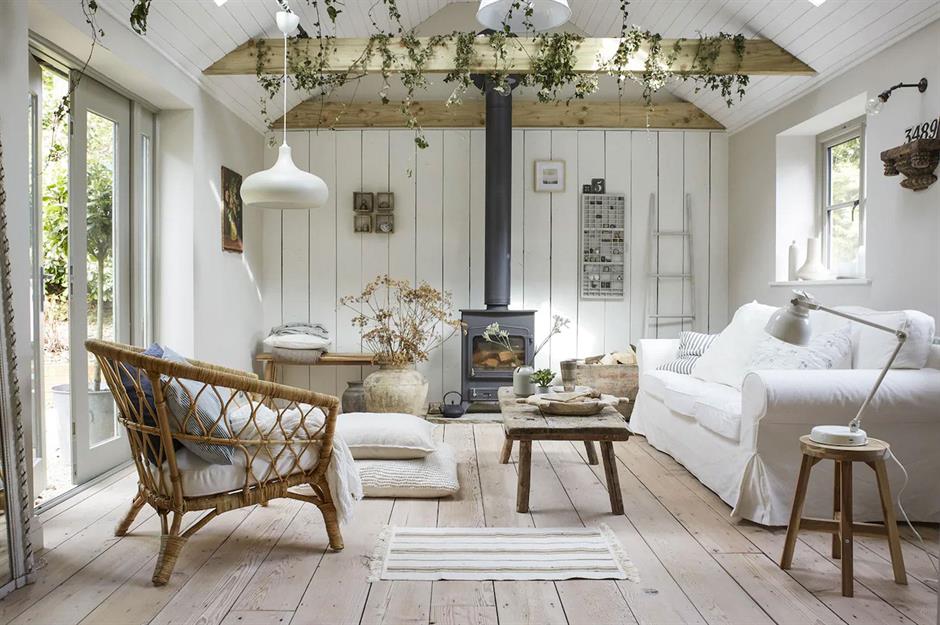
Since the rise in remote-working and home-schooling, the distinction between the working day and leisure time has unfortunately blurred. To help keep the balance in check, designate a ‘tech-free’ area, where screens and mindless scrolling are replaced with calm nooks to unwind as a family.
Install an electric car charging point
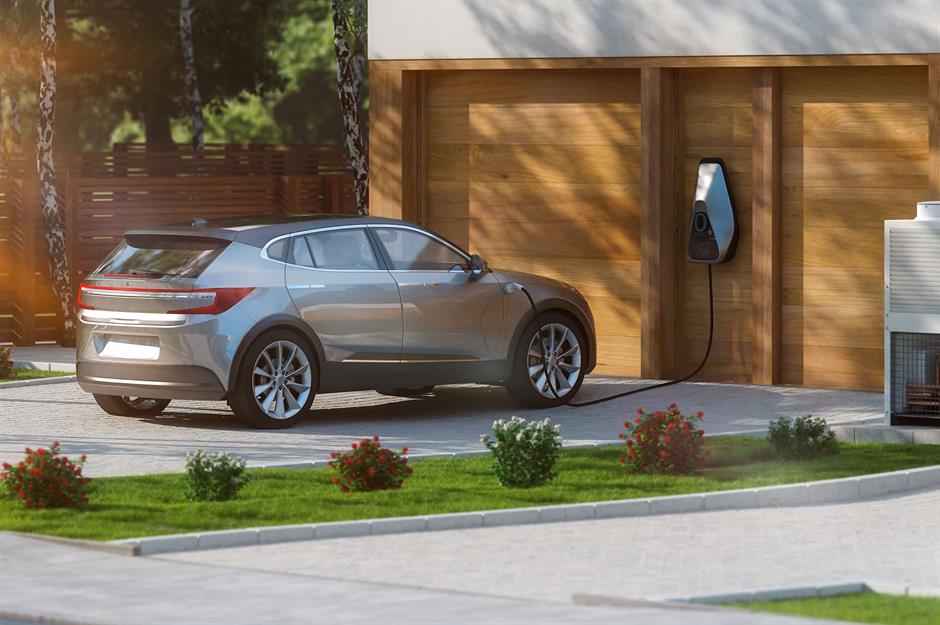
In 2021, global sales of electric cars almost doubled to a staggering 6.6 million, and there are no signs of sales slowing down any time soon. As we move to more eco-friendly alternatives to standard petrol and diesel cars, it's time to plan forward in our garages. Installing a home-charging point makes environmental sense, as well as offering convenience for your family further down the line, not to mention future homeowners. In general, home-charging points are also cheaper than public charging stations, which often charge a premium.
Remember off-road parking
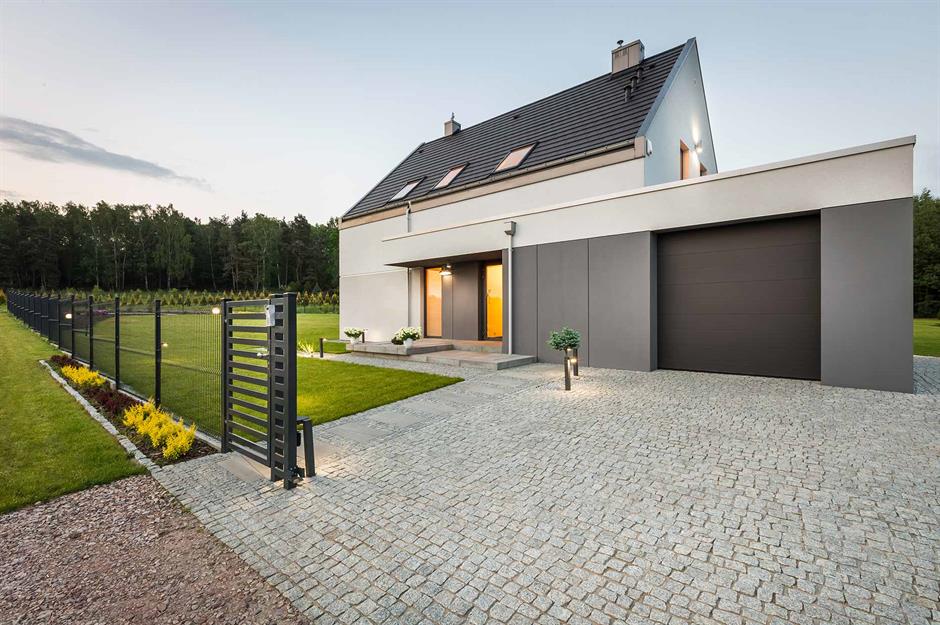
If your property does not have off-road parking and you have the room, it is well worth considering converting at least part of your outside space to hard landscaping. This will be particularly important if you have multiple occupants. If you love your front garden, consider a part conversion so you can still have an area of greenery. And remember if you have rear access, it may make more sense to provide off-road parking there. If accessibility becomes an issue in the future, you'll value having your parking on the same level as your entrance, too.
Keep on top of maintenance inside and out
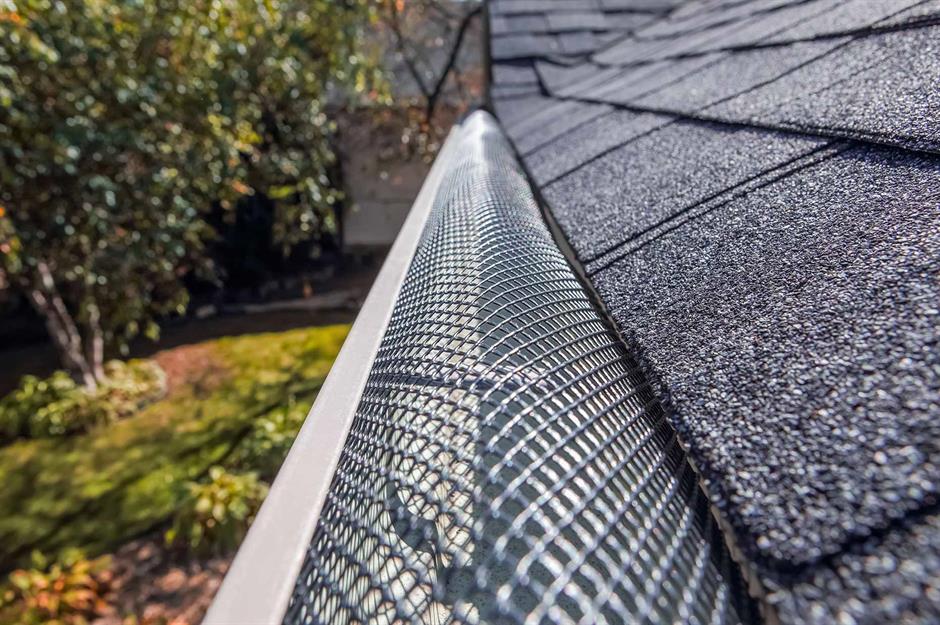
Make regular checks on your main roof, as well as any flat roofs, and scan brickwork for gaps in the mortar that might need repointing. Clear your gutters to avoid water damage, or better yet, get gutter guards installed to prevent leaves from clogging up the pipework. Inside, ensure water is draining efficiently from baths and sinks. Maintain good decorative order, checking seals around wet areas, doors and windows. It's a good idea to draw up a schedule for maintenance, including boiler services, drain cleaning, gutter clearance and painting external woodwork and fencing.
Create a garden for everyone
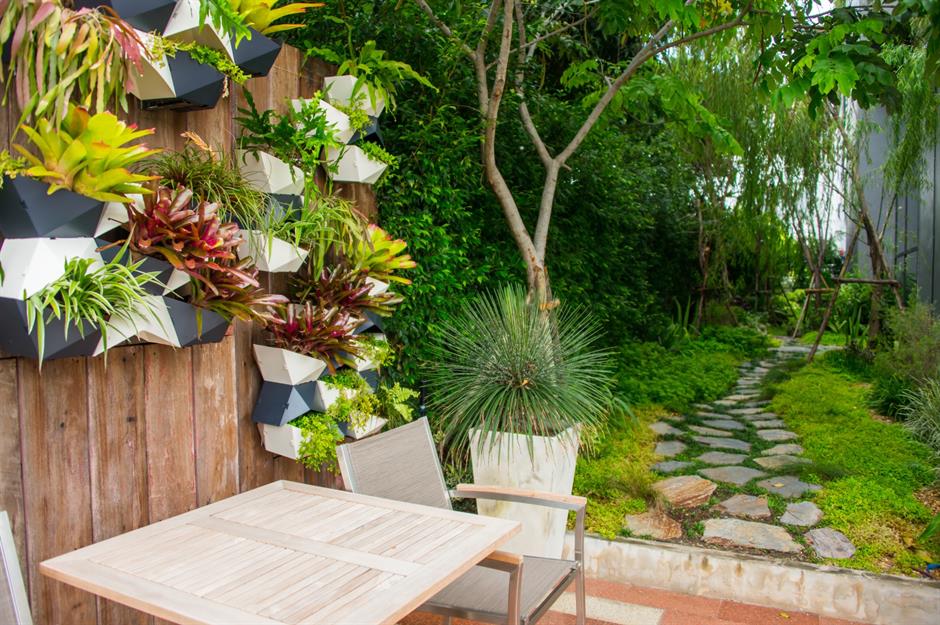
Creating an environment that all ages can enjoy is key to growing old happily in your home. But it can be hard to please everyone in a multigenerational household, so take a multipurpose approach to the garden. Include a table and chairs for dining, garden sofas, chairs and coffee tables for lounging, and raised flower or veg beds for the gardeners. Provide shade as well as sun and opportunities for quiet contemplation as well as sociability and entertaining.
Add a garden room
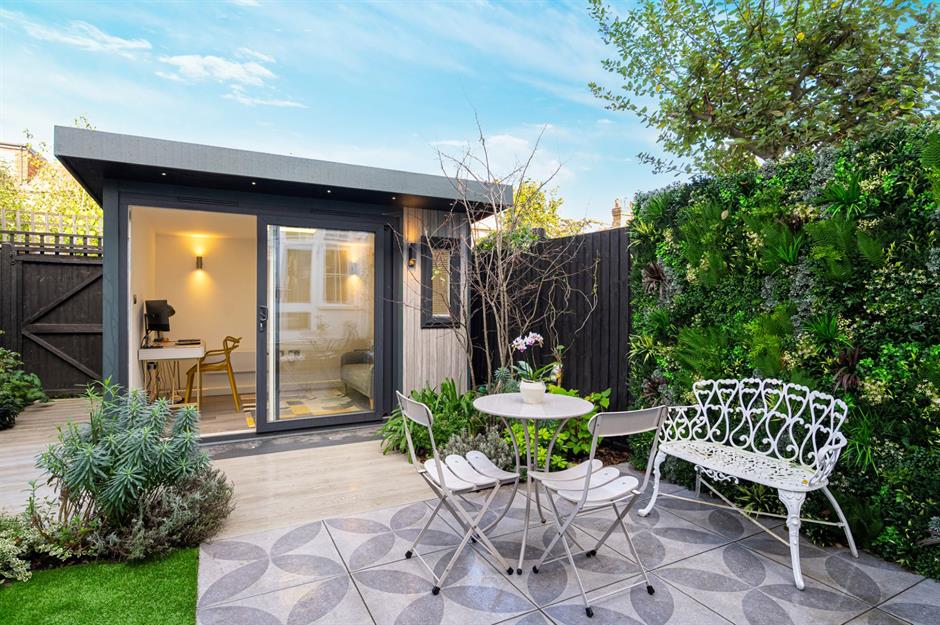
If you have the space, then a garden room could be the ideal way of adding more usable space to your home. Granny flats, ADUs and garden rooms don’t generally require planning permission and they can be designed to be versatile. For example, you could create a home office that doubles as a guest suite, or a teenage den that's also a gym. Garden pods are a great option for those with limited space. Plus, their unique organic shape and quirky interiors can add real wow factor to an outside space.
Make the great outdoors accessible
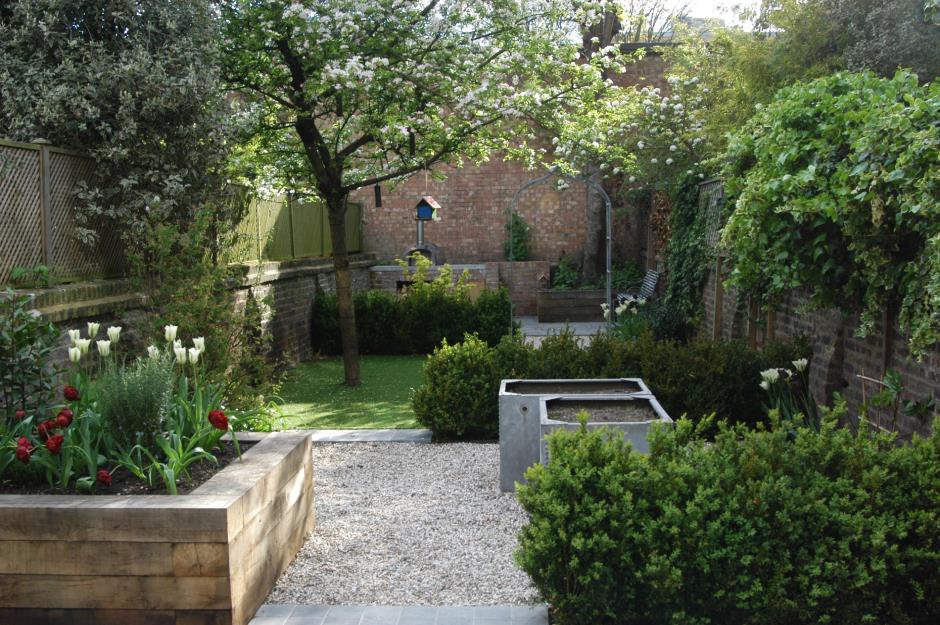
If you are looking to redesign your garden and don’t foresee moving house again, do so with the longer term in mind. Incorporate slopes rather than steps, cut back on lawned areas, add easy-to-navigate pathways, spaces for seating and prioritise the area closest to the house, like this outside space by Breeze Garden Design. Go for raised beds over conventional borders and favour evergreen planting schemes for long-lasting, low-maintenance annual greenery.
Aim for easy maintenance
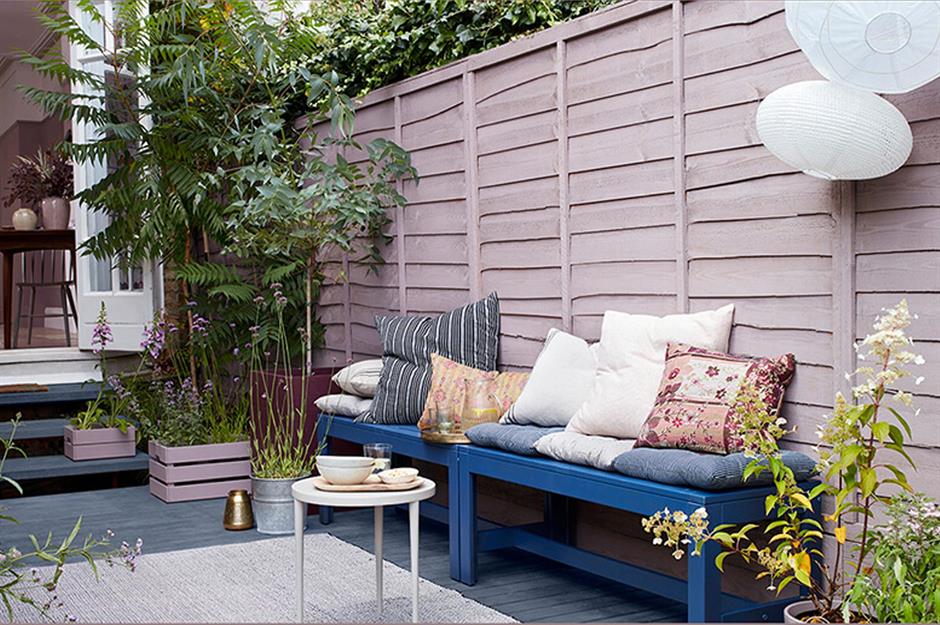
A low-maintenance garden can be beautiful, whether that's a small patch or somewhere designed for easy upkeep. Pay attention to boundaries and erect smart fencing—horizontal slats create a modern touch. Choose permanent planters rather than individual pots that get too messy. Plant up a mix of bulbs and evergreens so there’s always something of interest, without the need to replant and bring in hardwood furniture that requires little maintenance and still looks good with age.
Encourage wildlife into your garden
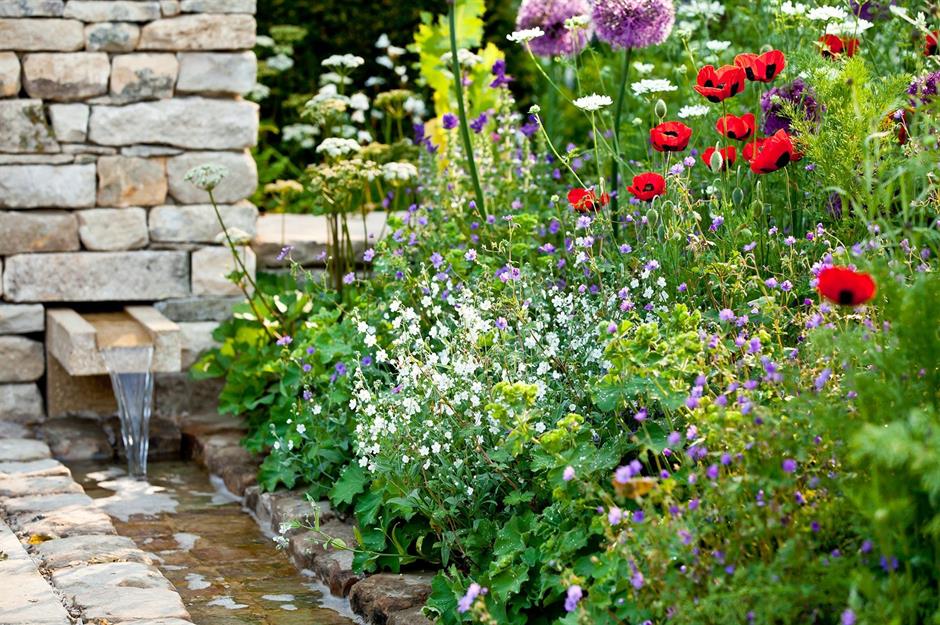
One out of every three mouthfuls of our food depends on pollinators like bees, according to the WWF, and crops that depend on pollination are five times more valuable than those that don't. So, creating environments where pollinators can thrive is essential. A nature garden filled with wildflowers is the ideal sanctuary for wildlife, helping you to invite bees into your backyard while also creating a beautiful environment that you can enjoy, too.
Go green with your next house move
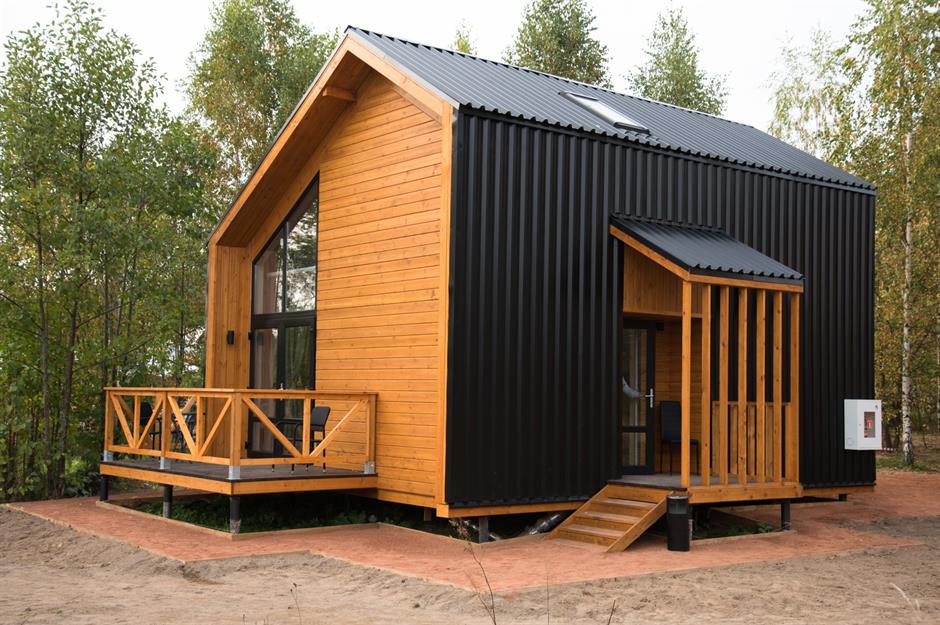
If you're not in your forever home, consider an eco property for your next move. Lots of companies specialise in energy-efficient homes—some even in the form of flat-pack-style package homes. Many are designed to be extremely thermally efficient thanks to clever, insulating structures, which can dramatically reduce your heating bills, even in winter.
Move to improve?

Keep an eye on the property market in your area and any local developments and infrastructure projects that are planned. Is there anything that might make a move into a nearby up-and-coming area a better investment than improving your existing property? New transport links and facilities may increase your own property’s value significantly or flag up a potential area of investment elsewhere.
Loved this? Check out more clever home hacks and tips to make the most of your space
Comments
Be the first to comment
Do you want to comment on this article? You need to be signed in for this feature